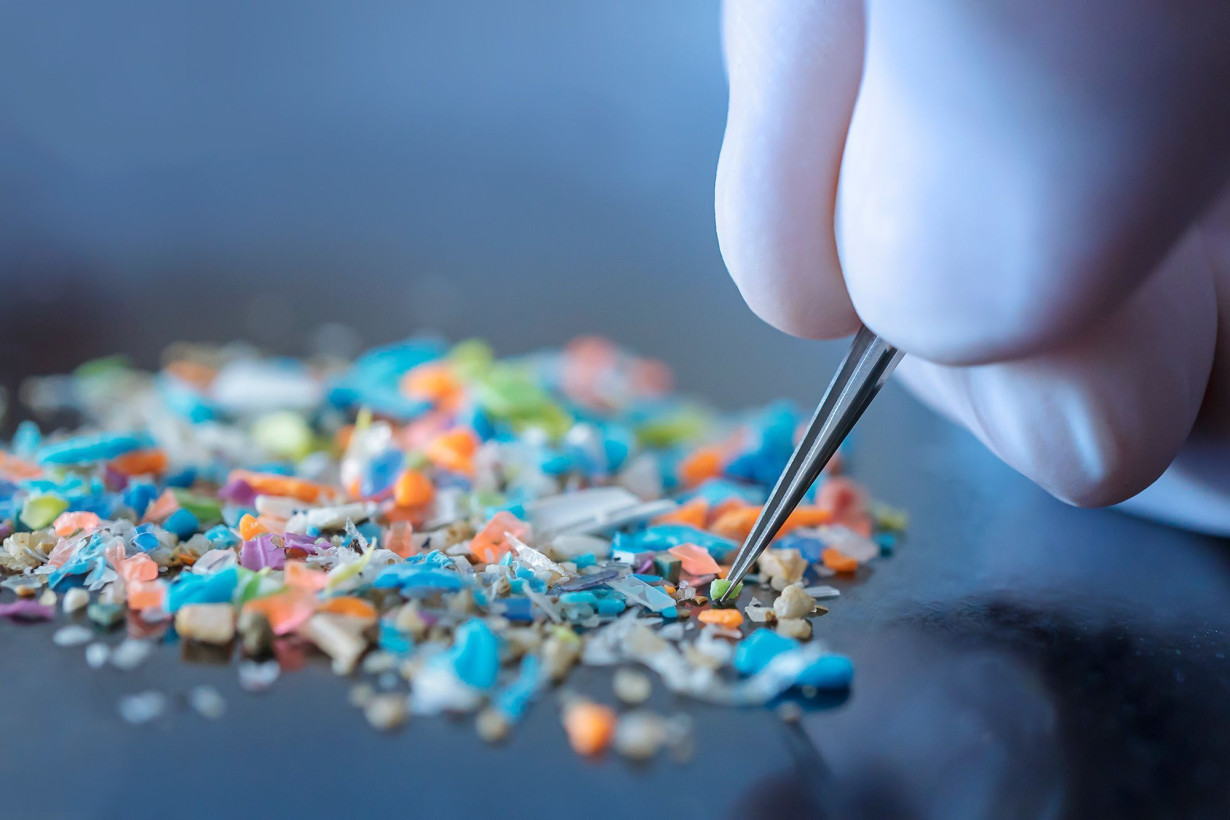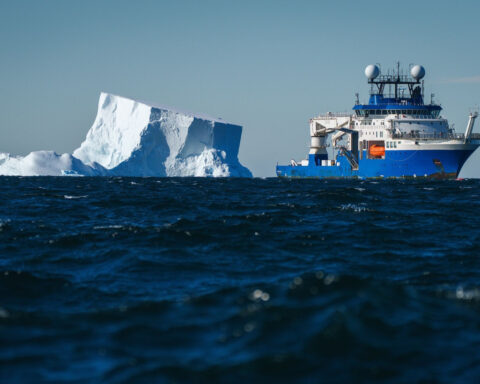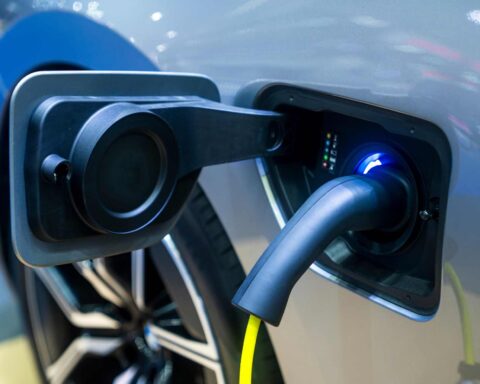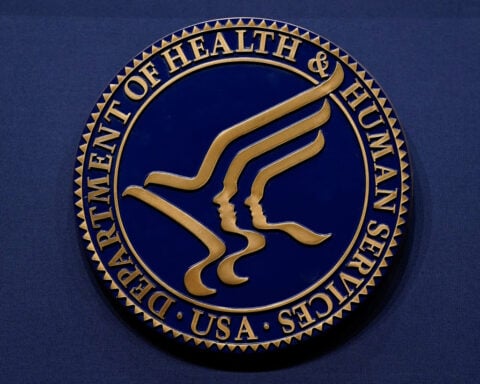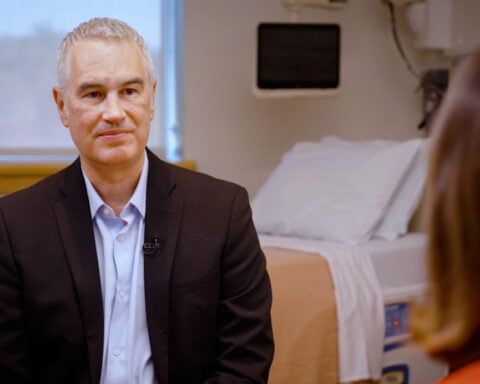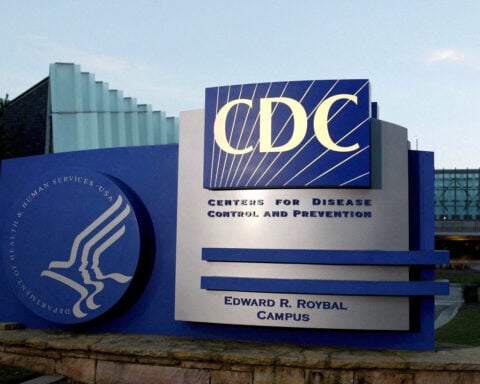(CNN) — By being an excellent host for slimy biofilms created by bacteria to protect themselves from attack, microplastics may be contributing to the proliferation of dangerous antibiotic-resistant superbugs, a new study found.
“Microplastics are like rafts — a bacteria on its own might not be able to swim down a river, but riding in its biofilm on a tiny bit of plastic it can be disseminated into many different environments,” said study first author Neila Gross, a doctoral student in materials science and engineering at Boston University.
Biofilms are protective three-dimensional structures created by bacteria from its own waste. Much like an armored and insulated house, the oozy goo allows bacteria to safely live, thrive and replicate.
While many surfaces can host biofilms — the plaque on your teeth is a biofilm — plastics appear to provide an especially strong bond that attracts the most prolific bacteria, according to the study.
Biofilms work so well, in fact, that they can increase antibiotic resistance hundreds to thousands of times above what’s normal, Zaman said.
“Biofilms are pretty nasty to get off because they’re super sticky and they allow the bacteria to respond to any antimicrobial assault by enemies such as antibiotics. Once that happens, the problem becomes very hard to manage,” said senior study author Muhammad Zaman, a Howard Hughes Medical Institute professor and professor of biomedical engineering and global health at Boston University.
“We found the link between microplastics and how they how they lead to antimicrobial resistance is both real and not limited to a single antibiotic,” Zaman said. “It’s broad, impacting many commonly used antibiotics, which makes it really, really concerning.”
Stronger, faster and more antibiotic resistant
The study, published Tuesday in the journal Applied Environmental and Microbiology, analyzed biofilms on microplastics and glass created by E. coli, a potentially dangerous bacteria that can cause diarrhea and stomach pain.
In test tubes in the lab, researchers exposed those biofilms to four widely used antibiotics: ciprofloxacin, doxycycline, fluoroquinolone and ampicillin. All are broad-spectrum antibiotics used to treat many different types of bacterial illness.
When the E. coli biofilms were on microplastics, they grew dramatically faster, larger and more antibiotic-resistant than biofilms growing on glass spheres, the study found.
In fact, the rate of antibiotic resistance by the E. coli grown on microplastics was so high that Gross repeated the tests multiple times using different types of microplastics and combinations of antibiotics. The results remained consistent, she said.
In addition, the E. coli bacteria grown on microplastics kept their ability to form stronger biofilms even when removed from the microplastic, Gross said.
“These bacteria were not only resistant to antibiotics, but they were also better at creating biofilm,” she said. “For microplastics to facilitate bacteria to be these faster, better biofilm formers is quite concerning.”
The findings, while interesting, need to be replicated, said Shilpa Chokshi, a professor of environmental hepatology at the University of Plymouth, England, who was not involved in the study.
“This was a lab study using E. coli and four antibiotics under controlled conditions, which does not fully replicate real-world complexity,” Chokshi said in a statement. “Further research is needed to assess whether these effects translate to human infections or environmental settings.”
The-CNN-Wire
™ & © 2025 Cable News Network, Inc., a Warner Bros. Discovery Company. All rights reserved.

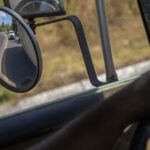 Trump has begun another trade war. Here's a timeline of how we got here
Trump has begun another trade war. Here's a timeline of how we got here
 Canada's leader laments lost friendship with US in town that sheltered stranded Americans after 9/11
Canada's leader laments lost friendship with US in town that sheltered stranded Americans after 9/11
 Chinese EV giant BYD's fourth-quarter profit leaps 73%
Chinese EV giant BYD's fourth-quarter profit leaps 73%
 You're an American in another land? Prepare to talk about the why and how of Trump 2.0
You're an American in another land? Prepare to talk about the why and how of Trump 2.0
 Chalk talk: Star power, top teams and No. 5 seeds headline the women's March Madness Sweet 16
Chalk talk: Star power, top teams and No. 5 seeds headline the women's March Madness Sweet 16
 Purdue returns to Sweet 16 with 76-62 win over McNeese in March Madness
Purdue returns to Sweet 16 with 76-62 win over McNeese in March Madness
